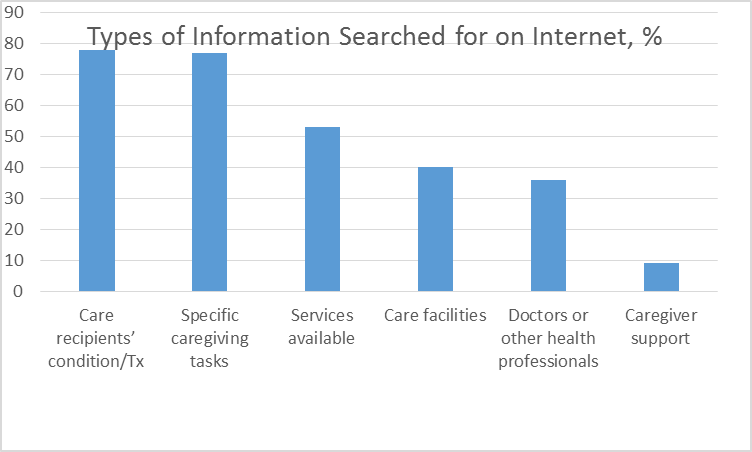A significant body of research has consistently found that therapy in a variety of forms is effective treatment for depression, both on its own and in combination with medication. But what if therapy is not easily accessible? Let’s set aside for the moment the ability to pay (although not a trivial issue by any means), and look instead at physical access. Aunt Dottie living in a remote part of Michigan’s Upper Peninsula may not have a qualified therapist nearby. Depending on her health and mobility, getting to appointments may be difficult (particularly in winter – Upper Michigan snow depths on this day in late January range from 9” to more than 36”). Uncle Henry may live in a warmer, urban area but he is home bound because of a variety of physical challenges. Both would benefit from regular therapy, but cannot access it even if it’s available.
The Internet provides an opportunity for access to therapy online for people like Aunt Dottie and Uncle Henry – those who need help, but for one reason or another cannot get it in a traditional face-to-face format. There is a growing body of evidence suggesting that online treatment can be as effective as face-to-face treatment. Internet-based Cognitive Behavioral Therapy has been most studied, but other types of therapy have shown positive results online as well.
Of course, online therapy will not be for everyone and raises other types of access issues. Specifically, access to the Internet. This, however, is a declining concern. According to the Pew Research Center 70% of those living in the U.S. had broadband connections at home in 2013. In 2014, 87% used the internet, email, or accessed the internet via a mobile device. This includes 83% of those in rural areas and 57% of those aged 65 and older. This suggestions that many of those who might benefit from online therapy use the Internet currently, and those numbers continue to increase.
As a client, would you get therapy online? As a professional, would you provide it?



